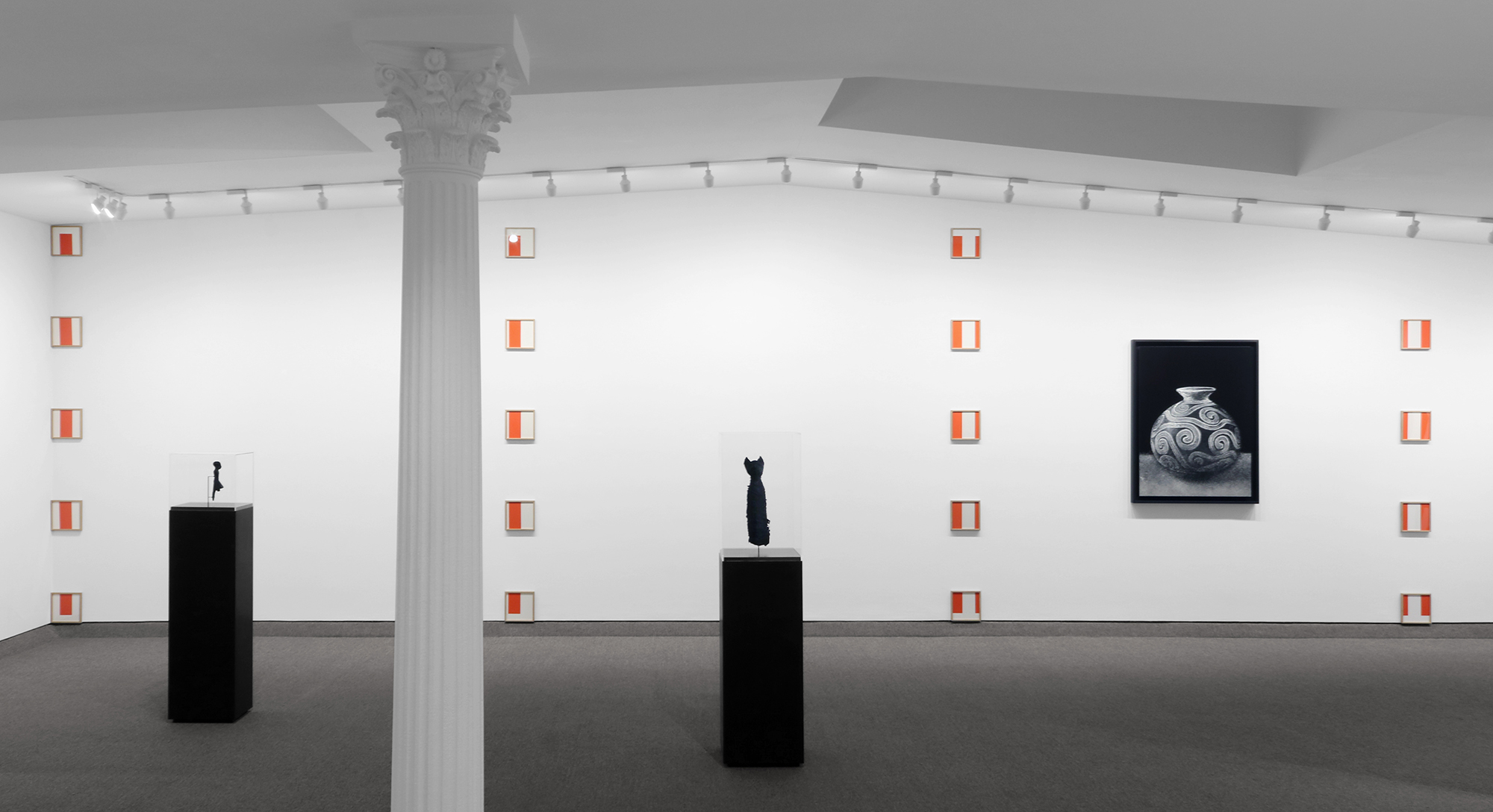
While visually quite distinct, the works of both Daniel Buren (b. 1938, Boulogne-Billancourt [Paris], France) and Vik Muniz (b. 1961, São Paulo, Brazil) engage the subject of continuity.
“A certain type of work is able to journey from one place to another, provided that it follows certain precise rules or instructions. This is the case with works that can be “re-performed” the same way a work of music can be performed over and over again. Each “re-performance” generates new readings and interpretations, originating from each new site in which the work is installed.”
—Daniel Buren
Daniel Buren found a pattern in 1965 (an 8.7 cm-wide stripe that was on a bolt of awning fabric) and has continued to work with it for almost sixty years. The specificity of the stripes is not meant to be read as content but as a visual tool. Over the years, Buren has created interventions using these stripes in, on, and out of various materials. These interventions only work when they are “in situ” as the materials have to interact with the space in which they are placed and that interaction results in the work. The gestures Buren makes address questions of the way space can be used, appropriated, and revealed in its social and physical nature. For the current exhibition, three works (from 1979, 1993 and 1998) each consists of 25 elements dispersed in a prescribed manner across a full wall. Each piece balances between assumptions, awareness, extrapolation and interpolation, all the while complicating the relationship between art and the structures that frame it.
In the evening of September 2nd, 2018, a fire consumed the entirety of the National Museum in Rio de Janeiro, burning nearly all of its historic and scientific collections amassed over the course of two hundred years. The blaze destroyed the Egyptian, pre-Colombian, and indigenous Brazilian collections, an entomology department with over five million specimens, South American dinosaur fossils, and Luzia, the earliest humanoid skull found in the American continent. The museum was Vik Muniz’s favorite cultural institution in the city, a place he often visited with his children.
“I cried upon learning of the fire as if I had lost something personal, some kind of string that held the insanity of my present together. Brazil is a young country with a strategic neglect for its history and a ravenous appetite for the instantaneous. No other place in Brazil combined so much history and wonder. We already live with an increasing deficit of reality and seeing history go up in flames made me feel groundless, trapped in an infinite present. We can only be creative in a world of facts and tangible realities. A post-truth, nihilistic cultural environment inspires the opposite of creativity, which is baseless pragmatism. When the mind wanders entirely ignorant of time, illusion becomes a means of confinement.”
—Vik Muniz
Muniz contacted the museum to see how he could help and learned of the extraordinary work of meta-archeology that the scientists were doing in recovering what little was left from the devastating incident. He also learned of the limited resources they had to do their jobs. The archeologists agreed to provide Muniz with whatever material passed through the sifters and shared the precise location where the ashes had been collected. Working from extant images, Muniz re-created the objects with material from their own ashes and photographed them. Alongside these photos will be a series of objects created in collaboration with the Federal University of Rio and Pontificia Universidade Católica. These 3D printed objects are derived from existing tomography files of the museum’s now-destroyed items, built using the ashes collected from the sites of their specific displays. The results, a body of work Muniz calls, “Museum of Ashes,” are a meditation on materiality within the context of the predominantly virtual relationship we maintain with the past. By fusing the form and the material of historical evidence, Muniz not only attempts to rescue the memory of such objects but also reminds us that life, as well as art, is the product of an interplay between mind and material.
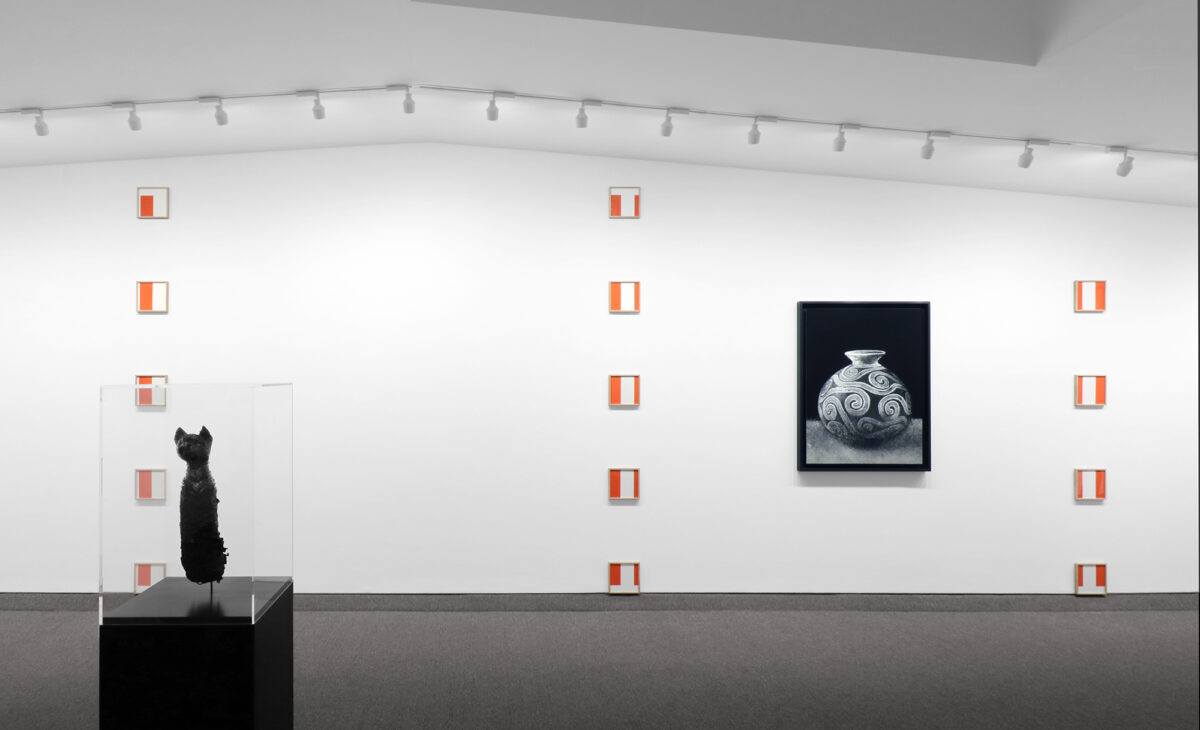
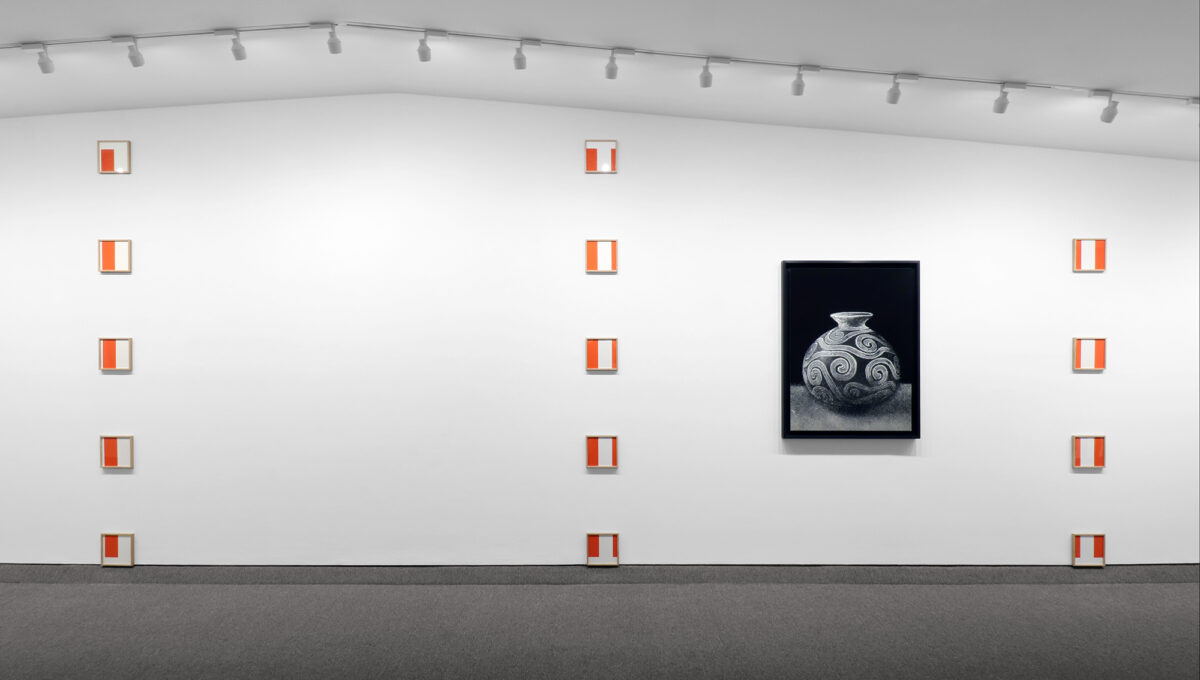
Installation dimensions are variable, each element is 8 x 8 inches (20.3 x 20.3 cm)
Initialed on accompanying certificate. Edition number and fragment letter are in the lower right corner on the back of each print fragment.
(Inventory #32763)
Installation dimensions are variable, each element is 8 x 8 inches (20.3 x 20.3 cm)
Initialed on accompanying certificate. Edition number and fragment letter are in the lower right corner on the back of each print fragment.
(Inventory #32763)
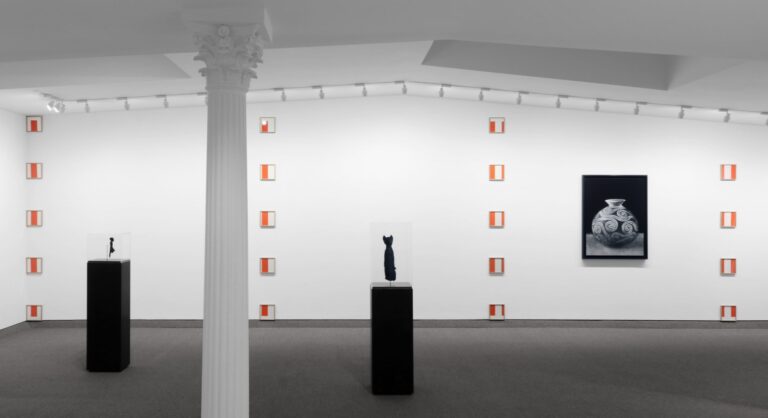
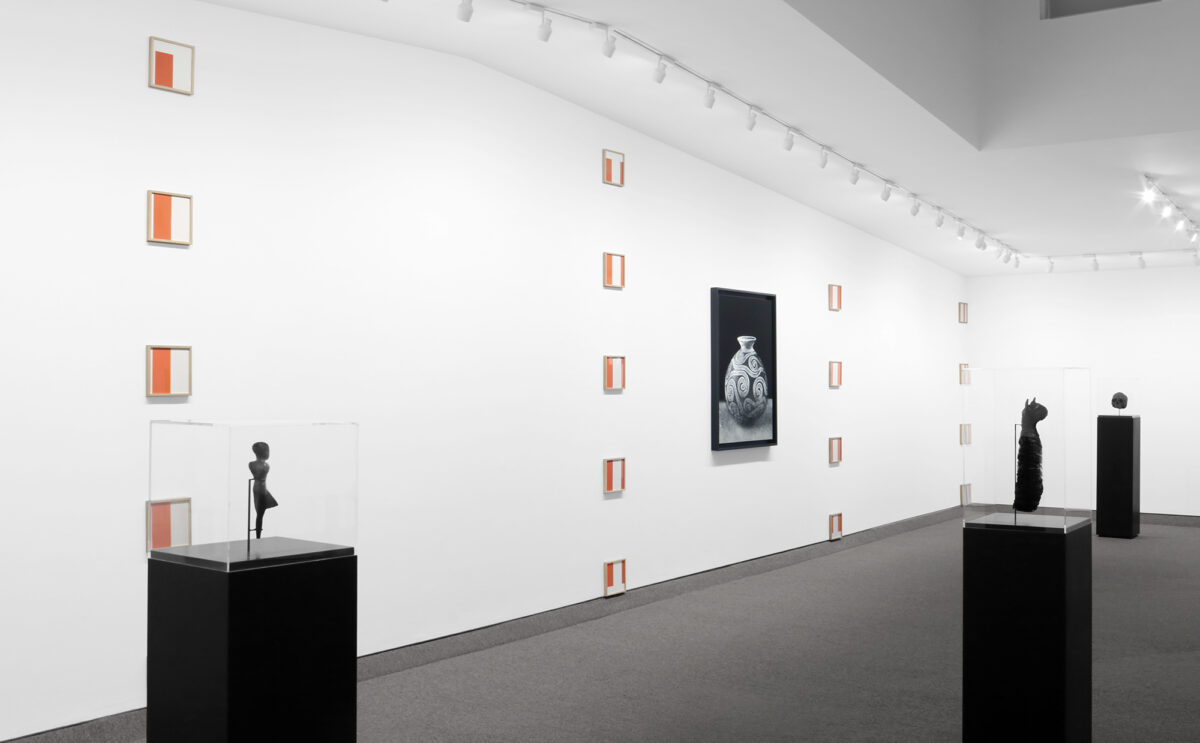
Edition of 6
7 1/2 x 2 x 2 inches (19.1 x 5.1 x 5.1 cm)
(Inventory #33935)
Edition of 6
7 1/2 x 2 x 2 inches (19.1 x 5.1 x 5.1 cm)
(Inventory #33935)
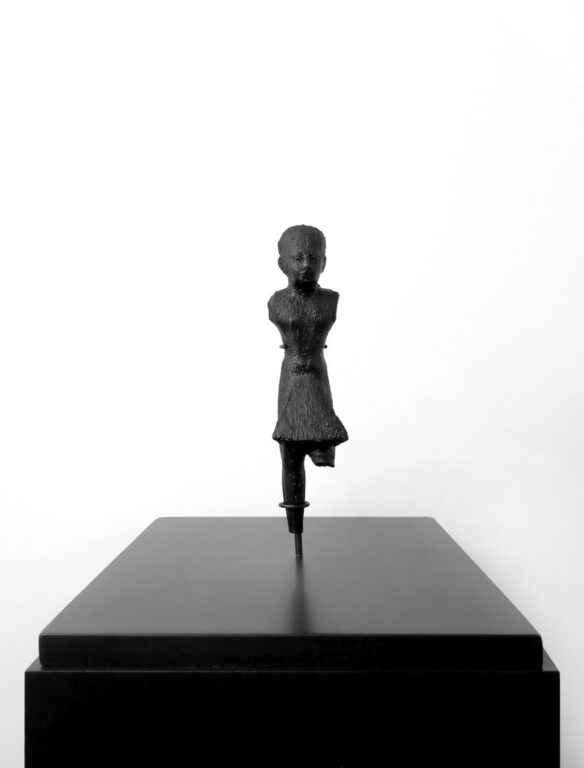
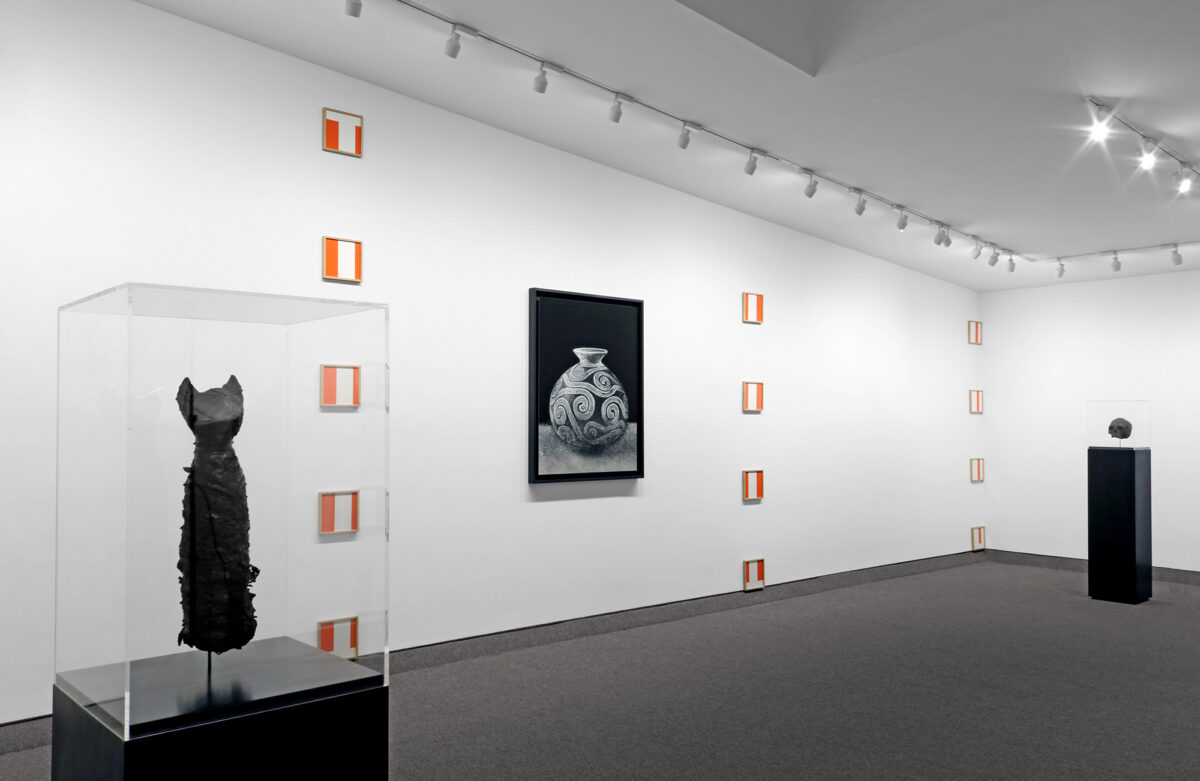
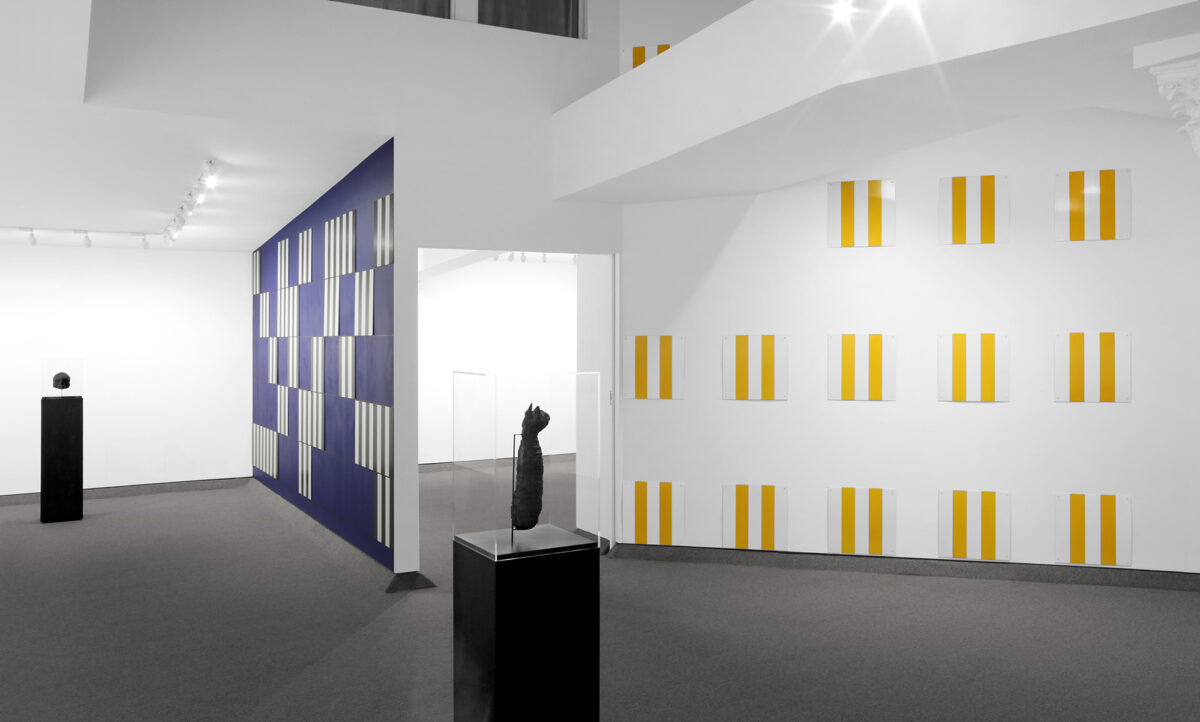
Edition of 6
16 x 3 1/2 x 3 1/2 inches (40.6 x 8.9 x 8.9 cm)
(Inventory #33933)
Edition of 6
16 x 3 1/2 x 3 1/2 inches (40.6 x 8.9 x 8.9 cm)
(Inventory #33933)
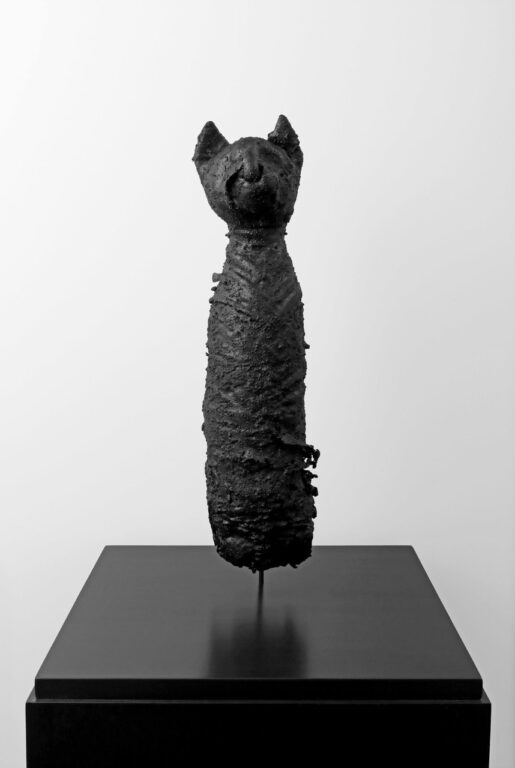
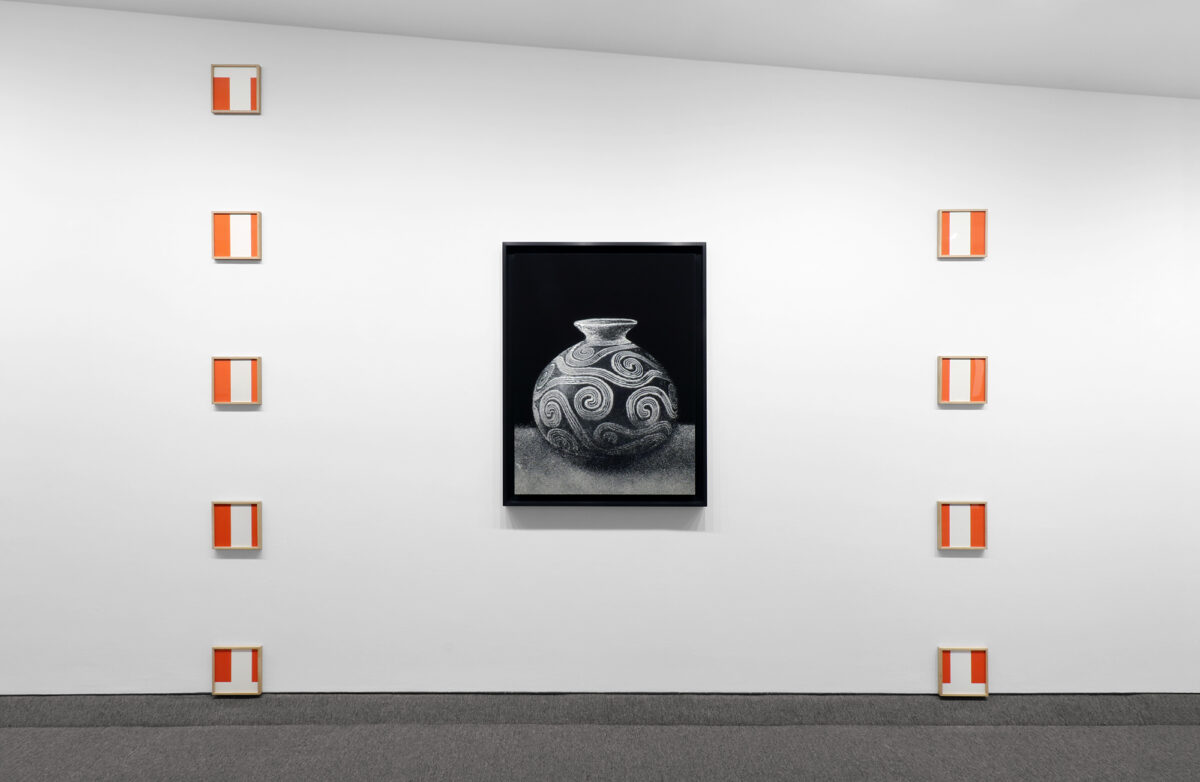

Edition of 6
Image size: 40 x 30 inches (101.6 x 76.2 cm)
Frame size: 43 3/4 x 33 3/4 inches (111.1 x 85.7 cm)
(Inventory #33936)
Edition of 6
Image size: 40 x 30 inches (101.6 x 76.2 cm)
Frame size: 43 3/4 x 33 3/4 inches (111.1 x 85.7 cm)
(Inventory #33936)
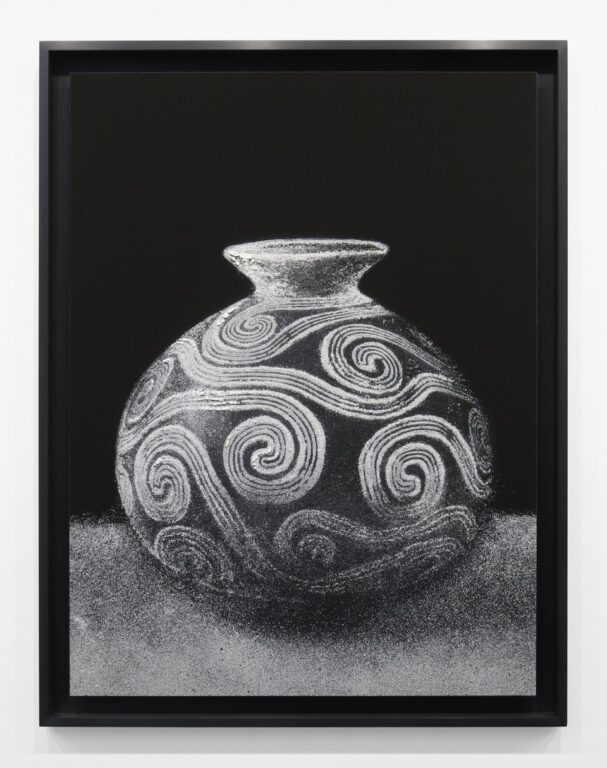
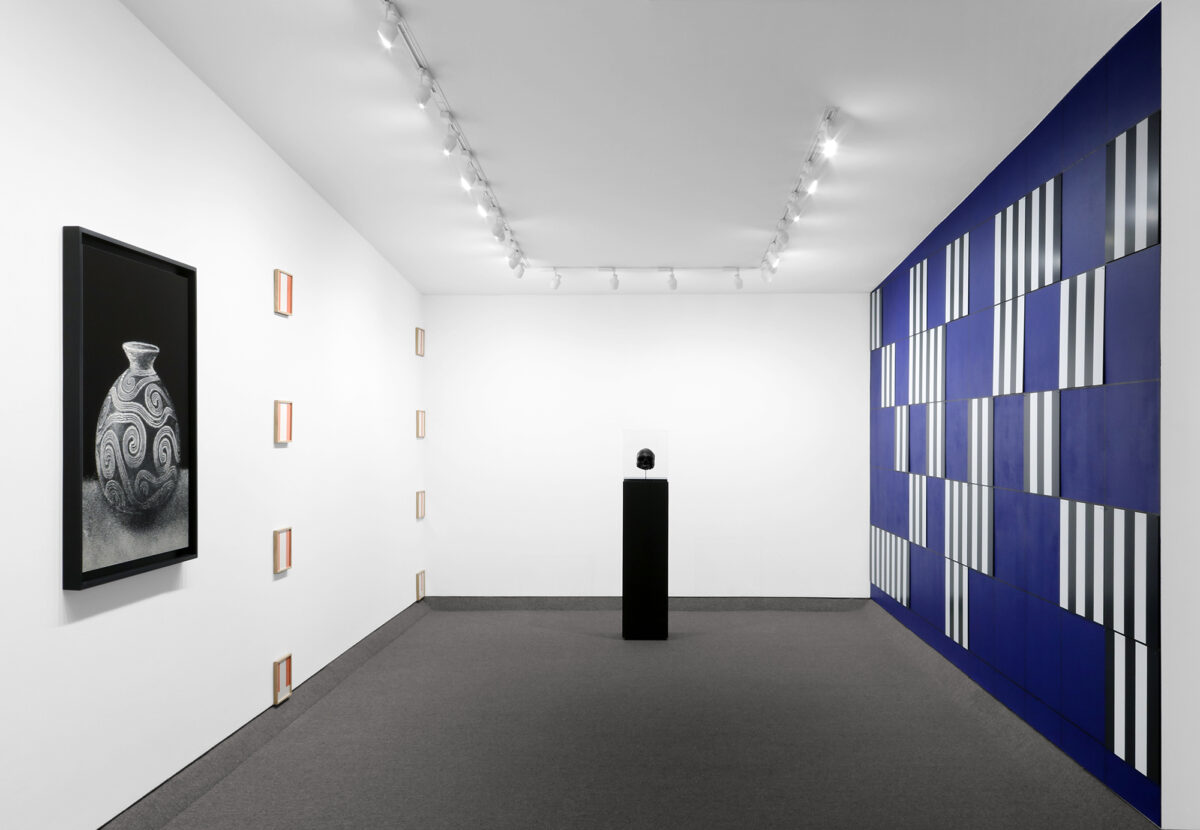
Edition of 6
5 1/2 x 8 x 5 inches (14 x 20.3 x 12.7 cm)
(Inventory #33934)
Edition of 6
5 1/2 x 8 x 5 inches (14 x 20.3 x 12.7 cm)
(Inventory #33934)
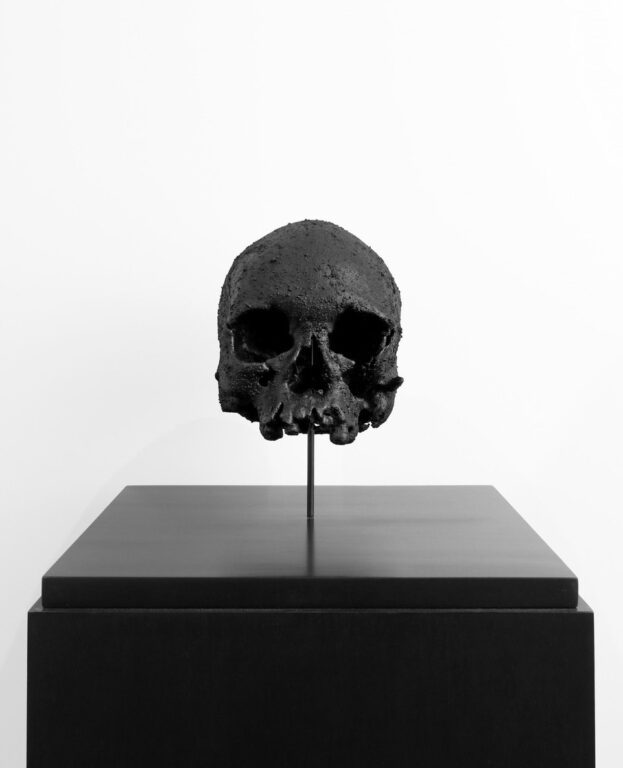
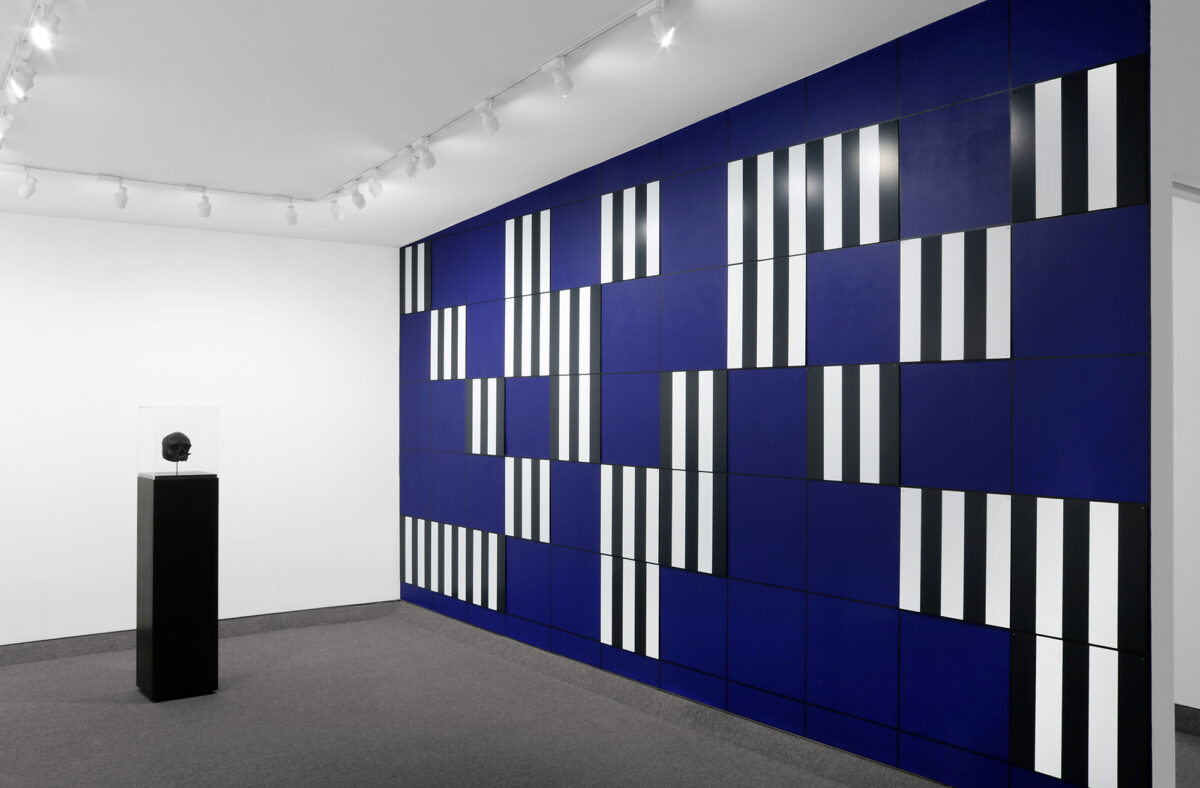
Installation dimensions are variable, each plate is 17 1/8 x 17 1/8 inches (43 1/2 x 43 1/2 cm)
Signed and numbered on accompanied certificate
(Inventory #25030)
Installation dimensions are variable, each plate is 17 1/8 x 17 1/8 inches (43 1/2 x 43 1/2 cm)
Signed and numbered on accompanied certificate
(Inventory #25030)
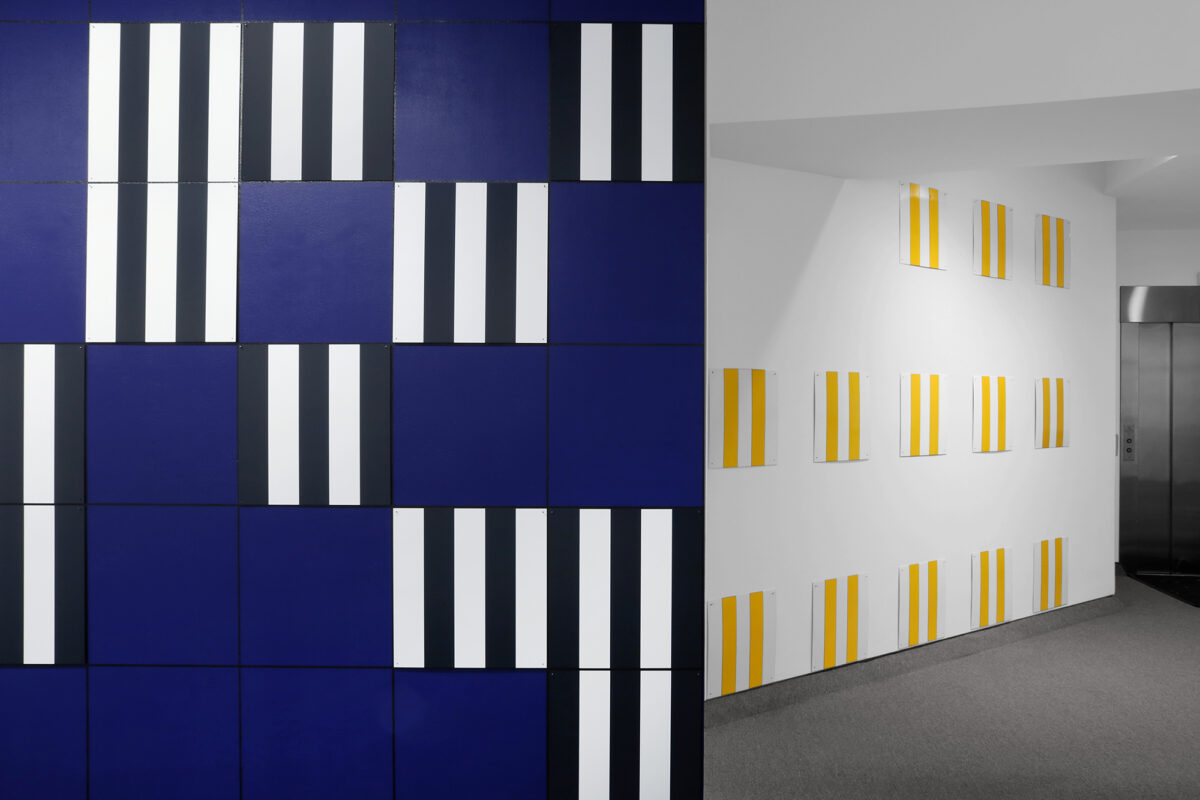
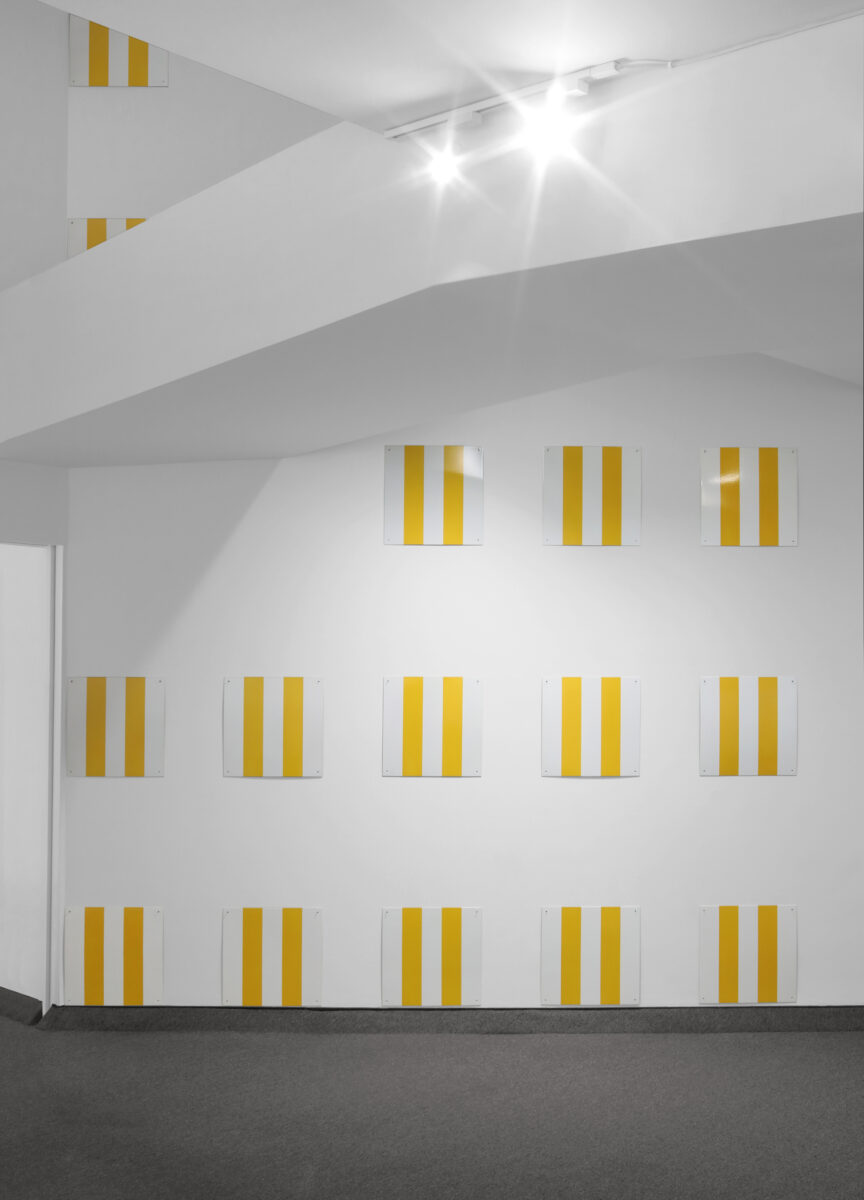
Installation dimensions are variable, each plate is 17 1/8 x 17 1/8 inches (43 1/2 x 43 1/2 cm)
Limited to 15 installations
Each installation is produced in a unique color
Includes a signed and numbered certificate
(Inventory #33128)
Installation dimensions are variable, each plate is 17 1/8 x 17 1/8 inches (43 1/2 x 43 1/2 cm)
Limited to 15 installations
Each installation is produced in a unique color
Includes a signed and numbered certificate
(Inventory #33128)
Edition of 6
Image size: 40 x 30 inches (101.6 x 76.2 cm)
Frame size: 43 3/4 x 33 3/4 inches (111.1 x 85.7 cm)
(Inventory #33937)
Edition of 6
Image size: 40 x 30 inches (101.6 x 76.2 cm)
Frame size: 43 3/4 x 33 3/4 inches (111.1 x 85.7 cm)
(Inventory #33937)
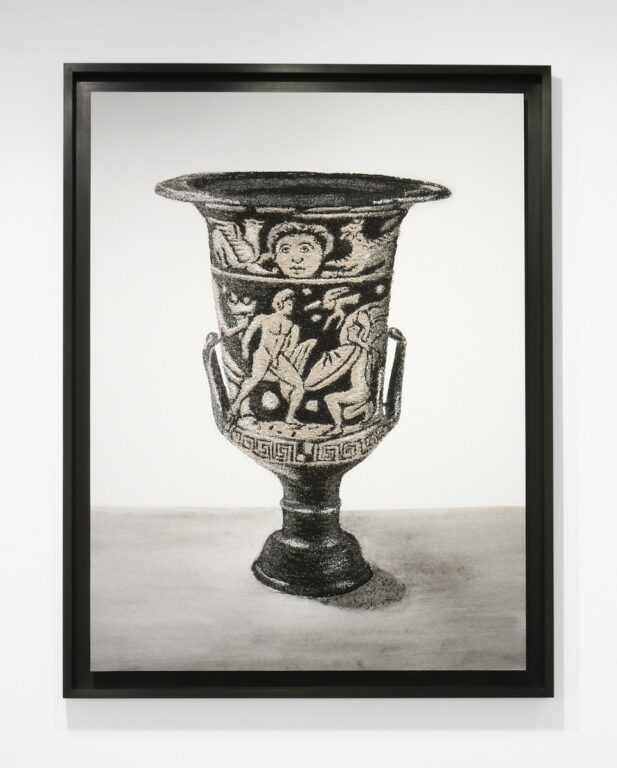
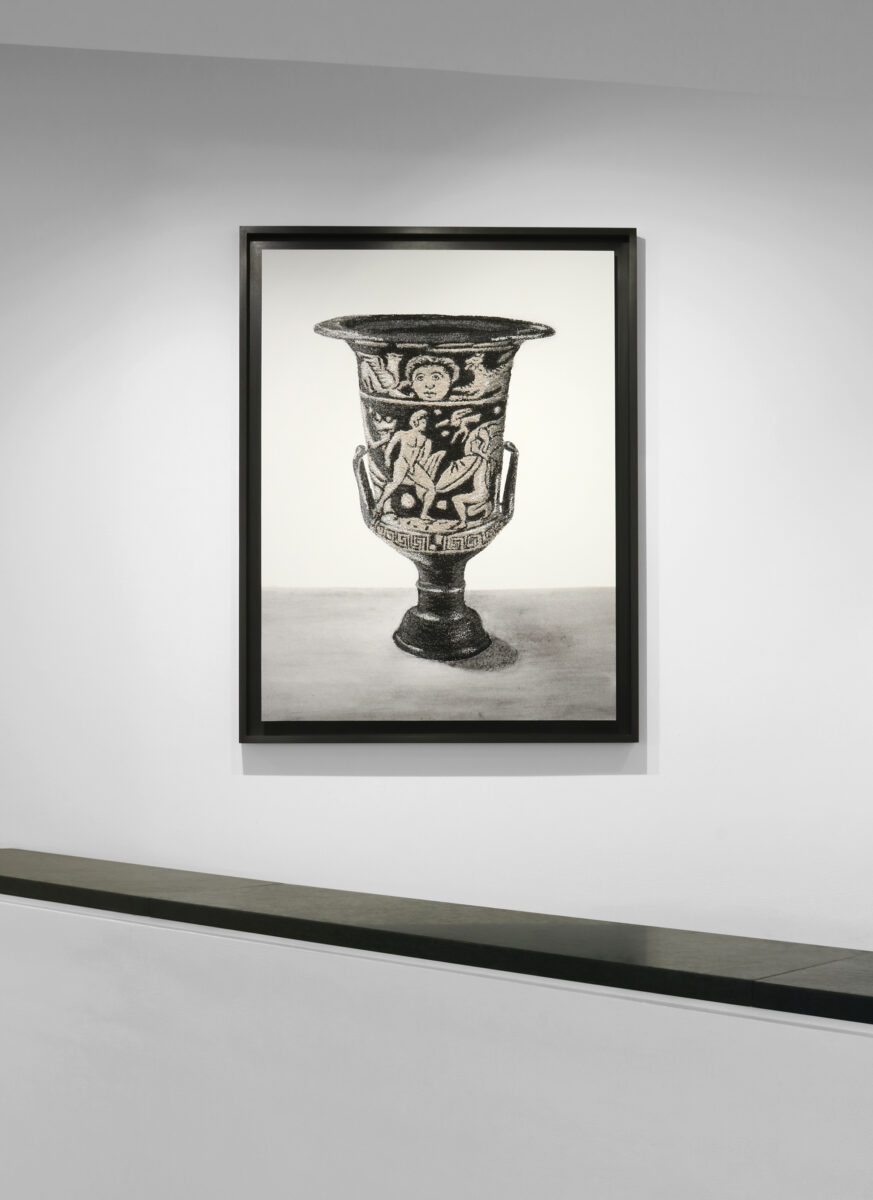
Edition of 60
Image/paper size (each of three): 19 5/8 x 15 3/4 inches each (50 x 40 cm)
Frame size: 21 x 18 1/2 inches each (53.3 x 47 cm each)
Signed numbered on an accompanying certificate
(Inventory #34351)
Edition of 60
Image/paper size (each of three): 19 5/8 x 15 3/4 inches each (50 x 40 cm)
Frame size: 21 x 18 1/2 inches each (53.3 x 47 cm each)
Signed numbered on an accompanying certificate
(Inventory #34351)
No results found.
10 Newbury Street, Boston, Massachusetts 02116
617-262-4490 | info@krakowwitkingallery.com
The gallery is free and open to the public Tuesday – Saturday, 10am – 5:30pm